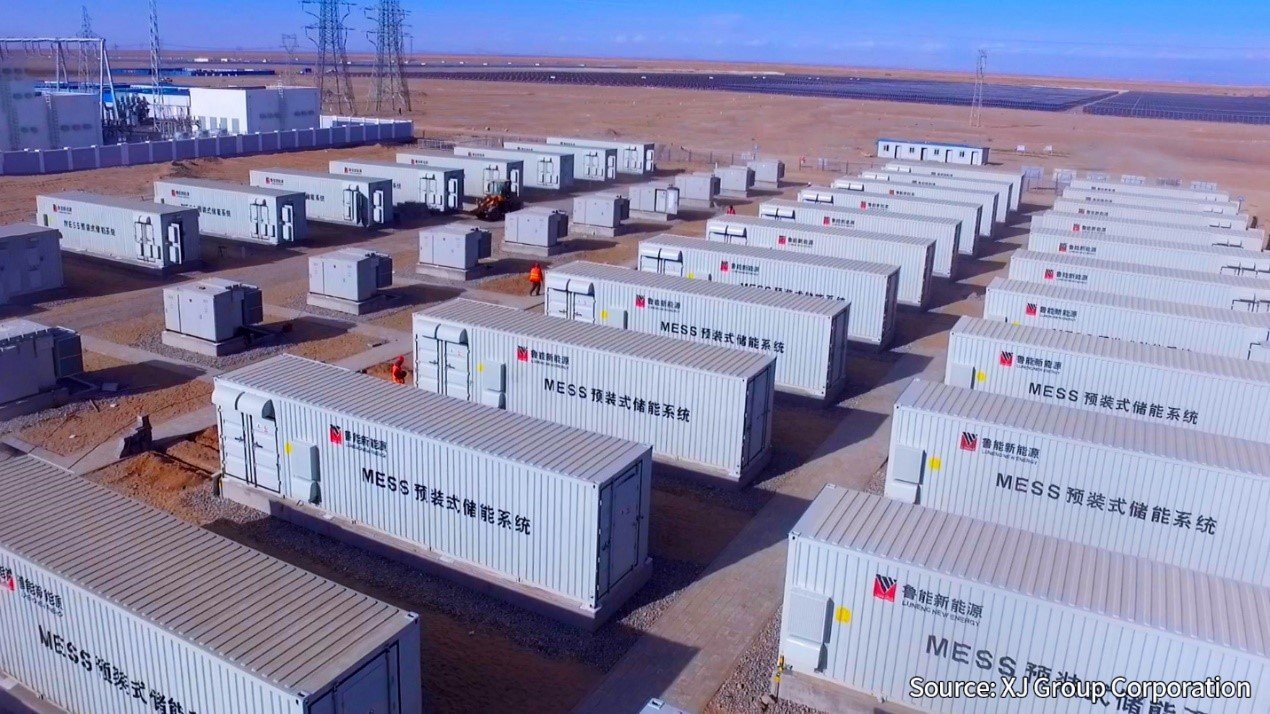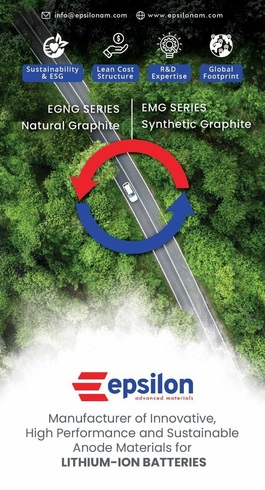China bulks up on energy storage, BESS capacity up 37% in first five months of 2023
China has reworked power transmission arrangements and ramped up energy storage capacity as it seeks to protect its national grid from a repeat of the outages that hit the nation last year, Reuters reports, quoting officials from the central government.
National Energy Administration official Liu Mingyang told reporters the country had expanded 'new type' energy storage capabilities this year. New type is a term that China uses to demarcate storage technologies from the older, pumped-hydro storage method, and mostly comprises large lithium-ion batteries, or battery energy storage systems (BESS).
China's installed BESS capacity stood at 12 gigawatts as of May this year, up more than a third from the 8.7 GW installed capacity at the end of 2022.
Generation from hydropower plants is still low, so authorities say they have "rationally optimised power transmission" between provinces.
Guan Peng of the National Development and Reform Commission said the government was sending more power to the country's drought-stricken southwest regions such as Sichuan and Chongqing from the less populated northwestern provinces.
China was forced to ration electricity last year as the highest temperatures in 60 years and drought affected water levels at hydropower stations, affecting the country's generation capacity.
This year, Guan said, authorities have increased water storage at hydro facilities beforehand to ensure adequate water levels to guarantee power generation operations when required.
They have also added flexibility to grid transmission agreements. Last year, fixed power trading agreements forced Sichuan to export electricity to fulfil its obligations, even at the cost of going without power for itself. The region imposed rolling blackouts across factories, affecting production and contributing to a fall in quarterly GDP.
Sichuan accounts for four percent of China's output overall, but provides 20 percent of the country's lithium, 13 percent of its polysilicon and five percent of its aluminum.
Citizens were affected too, with people in some communities ploughing through seven-hour power cuts every day for a week.






















